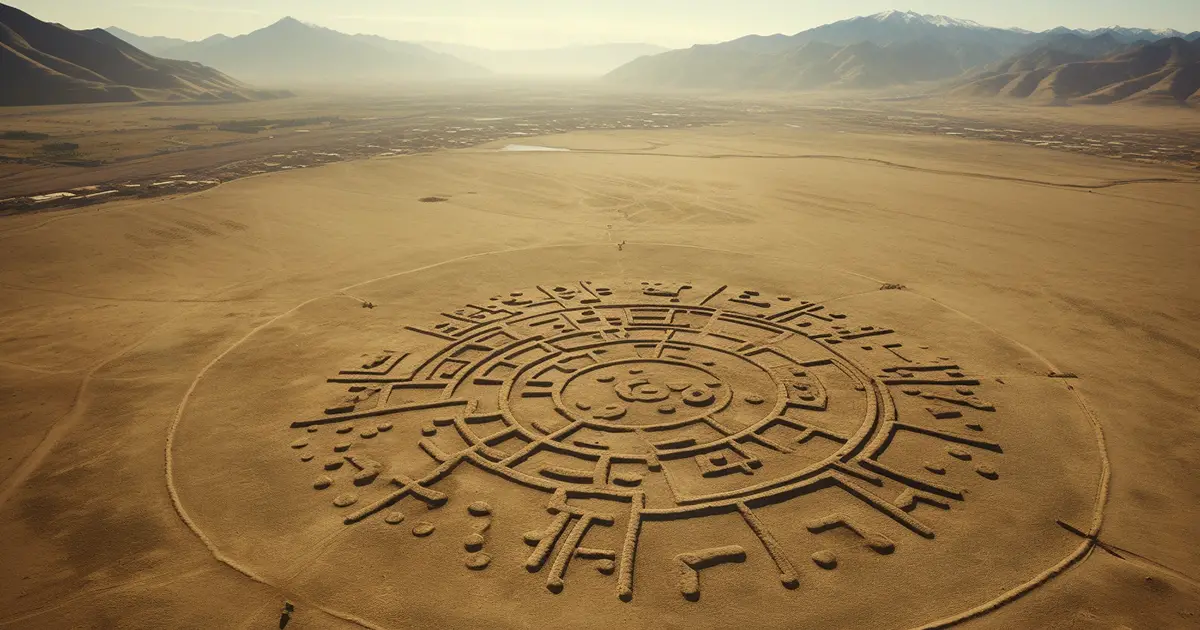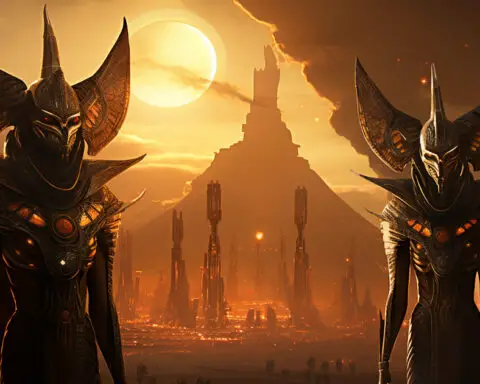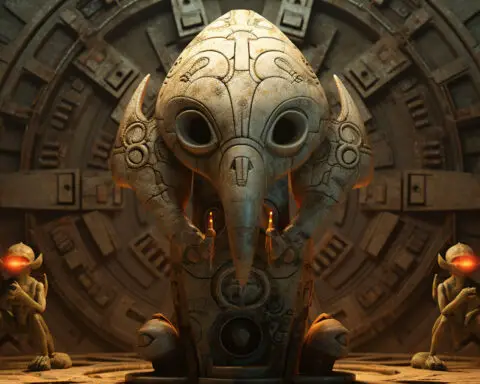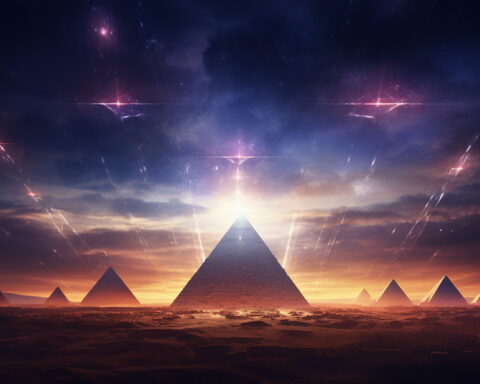In the arid expanses of Peru, where the desert meets the sky, a story etched into the Earth’s surface unfolds—an ancient tale of human ingenuity, connection, and perhaps, cosmic communication. Peru’s geoglyphs, colossal earthworks dating back thousands of years, stand as enigmatic testaments to a civilization that has long since vanished. These intricate and massive designs, often only fully appreciated from high above, have puzzled researchers and intrigued adventurers for generations.
The Geoglyphs of Peru: A Brief Overview
The geoglyphs of Peru are not limited to one location; they stretch across the country, from the highlands to the coast and deep into the jungle. While the Nazca Lines are the most renowned, there are other, lesser-known sites that hold equally compelling mysteries. One such site is Caral, which has recently gained attention for its astonishing geoglyphs.
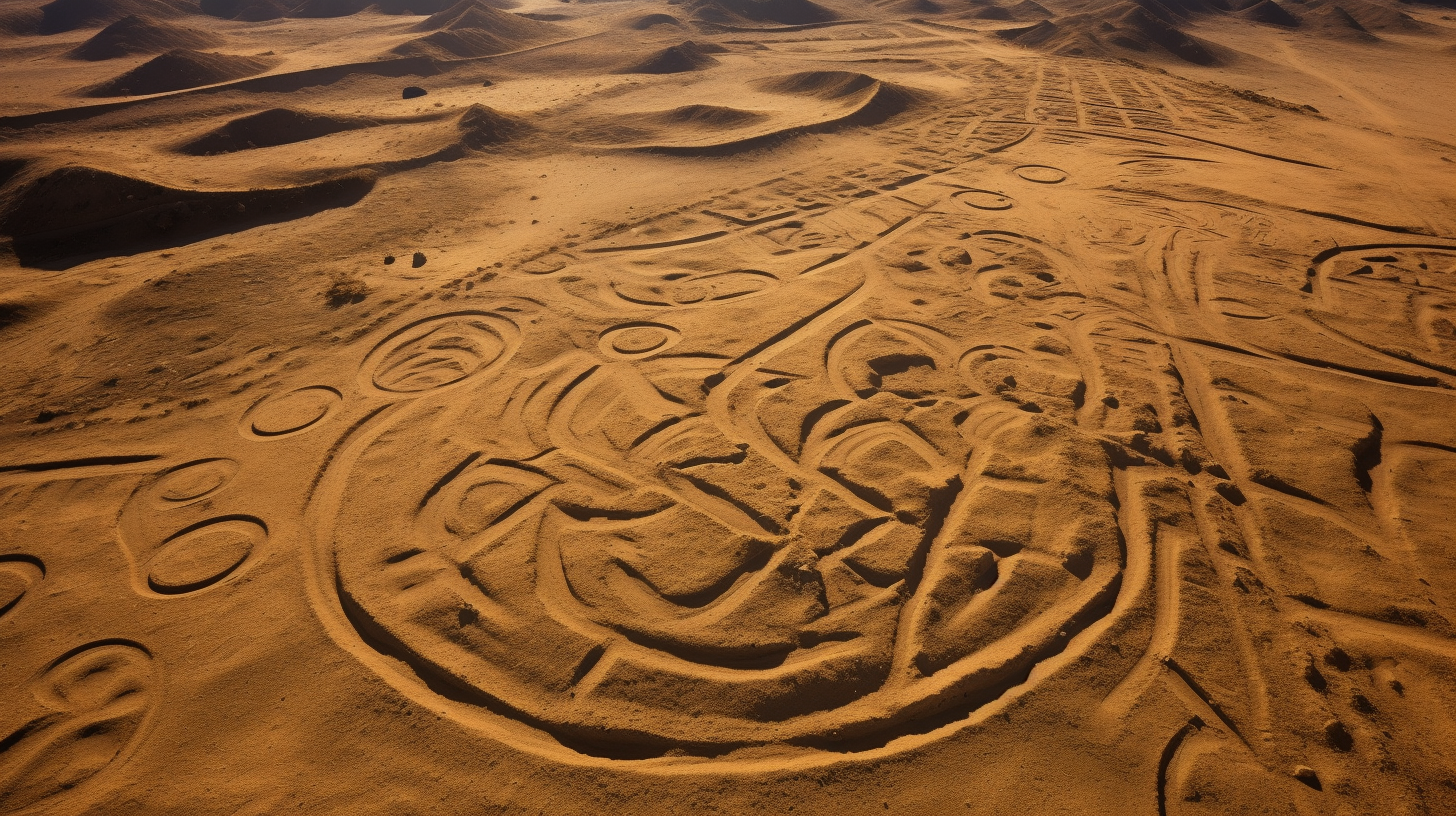
Caral: An Ancient Enigma
Caral, located on the Supe River in the Supe Valley, is often considered the oldest city in the Americas, dating back to around 2600 BC. It is a UNESCO World Heritage site and is celebrated for its advanced architecture and complex society. However, what truly sets Caral apart are its geoglyphs.
The most remarkable of Caral’s geoglyphs is a massive depiction of a face. Unlike the more famous Nazca Lines, which are readily recognizable from the ground, Caral’s geoglyphs are best appreciated from the air. This particular face, when viewed from above, reveals its intricacies—a wide-open mouth, and what appears to be flowing hair, or possibly something more enigmatic.
What makes Caral’s geoglyph even more captivating is its age. While the Nazca Lines are believed to have been created around 500 BC, the Caral geoglyph dates back thousands of years earlier, potentially as far back as 2000 BC. This significant gap in age challenges the traditional understanding of geoglyph creation in Peru and raises the possibility that Caral may have influenced the Nazca civilization or shared a cultural connection.
The Global Mystery of Geoglyphs
Peru’s geoglyphs are not unique in their grandeur or intrigue. In recent years, the discovery of geoglyphs around the world has added an exciting layer to the mystery. These immense earthworks can be found in Asia, the Middle East, Africa, North America, and even Europe.
The question naturally arises: Why do geoglyphs exist on such a global scale? Is it mere coincidence, or is there a deeper connection that binds these seemingly disparate creations?
The Ancient Astronaut Theory
One theory that seeks to explain this global phenomenon is the Ancient Astronaut Theory. This idea posits that our ancient ancestors, regardless of their geographical location or cultural background, were visited by the same extraterrestrial influences. This theory gains traction when examining the similarities between geoglyphs worldwide, along with their enigmatic purpose.
For instance, the Atacama Giant in northern Chile, the largest geoglyph in South America, bears a striking resemblance to the figure of Viracocha, a prominent deity in South American mythology. The possibility that this giant figure is a depiction of Viracocha strengthens the notion of shared cultural influences.
Video:
Cosmic Connections
One of the most captivating aspects of Caral’s geoglyphs is their alignment with the Pleiades constellation. This celestial connection suggests that the creators of these earthworks possessed a profound understanding of the cosmos, possibly using the geoglyphs as a form of celestial navigation or communication with the stars.
In conclusion, Peru’s geoglyphs, with Caral at the forefront, offer a glimpse into a past that challenges our preconceived notions about ancient civilizations. These colossal earthworks not only connect distant cultures in South America but also beckon us to explore the possibility of a global network of knowledge and influence. Whether created as messages to the gods, guides for celestial navigation, or evidence of ancient cosmic contact, Peru’s geoglyphs continue to reveal the awe-inspiring secrets of our mysterious past. As we unravel these enigmas, one thing becomes clear: the truth about our ancient history may be more complex and interconnected than we ever imagined.

